
Raised beds are the darling of the gardening world – tidy, charming, an entire ecosystem contained in a neat box. They lend a sense of orderliness and control to a hobby that is rarely either of those things. It’s no wonder they’re so appealing.
But is a raised bed garden the right choice for you and your gardening needs?
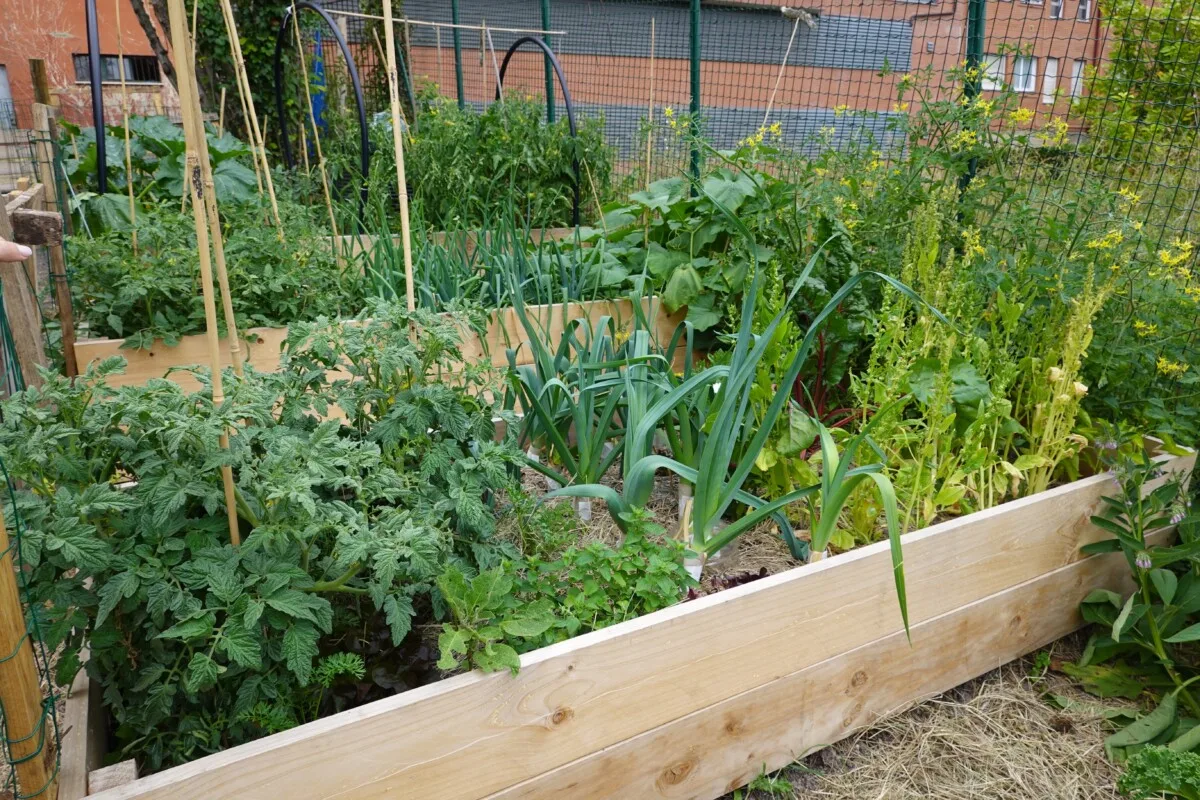
As an aging Gen X gardener who refuses to be part of the “in” crowd, I thought I would kick the hornet’s nest and give you a few good reasons not to start a raised bed garden. I’ll also discuss some great alternatives, but first –
Since When Did Raised Beds Become The Only Way to Garden?
These days, it seems as though that’s just how we’re supposed to garden – in a raised bed. It’s confusing for anyone starting out.
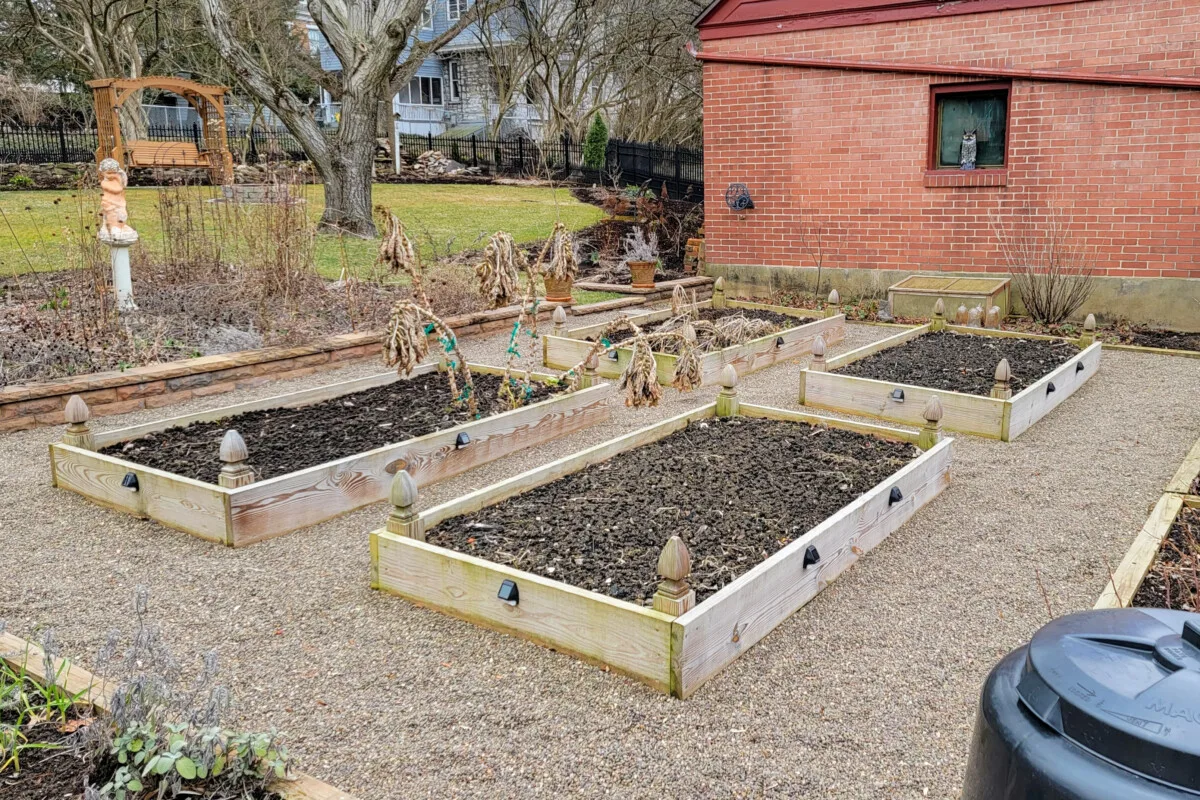
Gardening in raised beds is certainly nothing new. The concept has been around since the Dark Ages. It was primarily a way of growing food if your soil was poor or you suffered from drainage issues. The first ones were constructed of wattle fencing, slim, pliable branches woven among larger branches pounded into the ground.
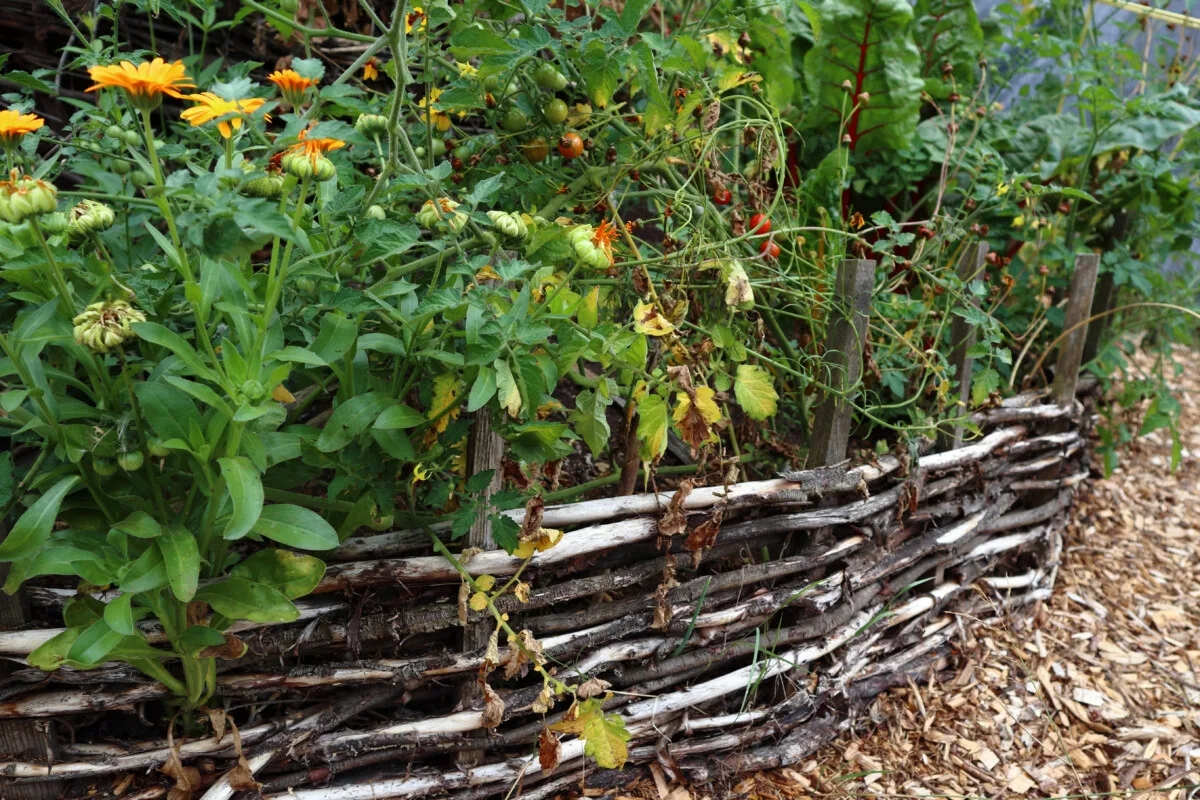
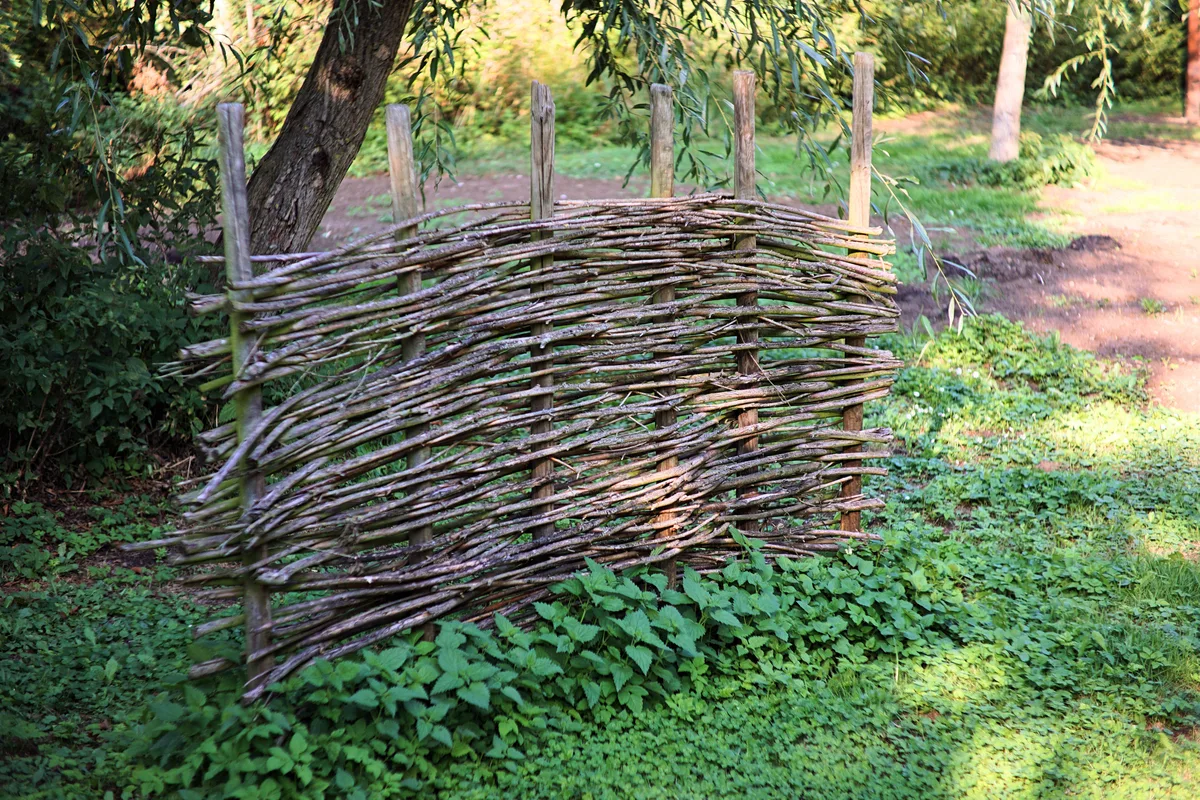
Raised beds were meant as an alternative to the traditional vegetable patch and have only been popular choices in recent history, mainly in the ‘70s and ‘90s. But it’s nothing like the explosion in popularity we see today.
Raised bed gardening is everywhere.
An Amazon search will yield over a thousand products for ‘raised bed garden’ and over 3,000 search results for books about the subject. Instagram is home to over 216,000 posts with the hashtag #raisedbedgarden. And you can’t visit a gardening website without being offered numerous articles to read on raised bed gardening. (Hi, guilty as charged.)
8 Best Raised Garden Bed Materials (& 5 You Should Never Use)
14 Common Raised Bed Mistakes You Must Avoid
Something that used to be an alternative has become the garden go-to.
As someone who has been gardening since they were a kid, everywhere from a second-story apartment with no yard, a stony, uncultivated backyard, an organic off-grid homestead, or a bucolic plot in the country, let me tell you with some authority, there are plenty of other options.
A Different Method Might Suit You Better
Right off the bat, I want to dispel a few myths surrounding raised bed gardens. If you’re coming into the gardening game with the notion that raised beds are the ‘best’ way to garden, you should pause.
Best way how?
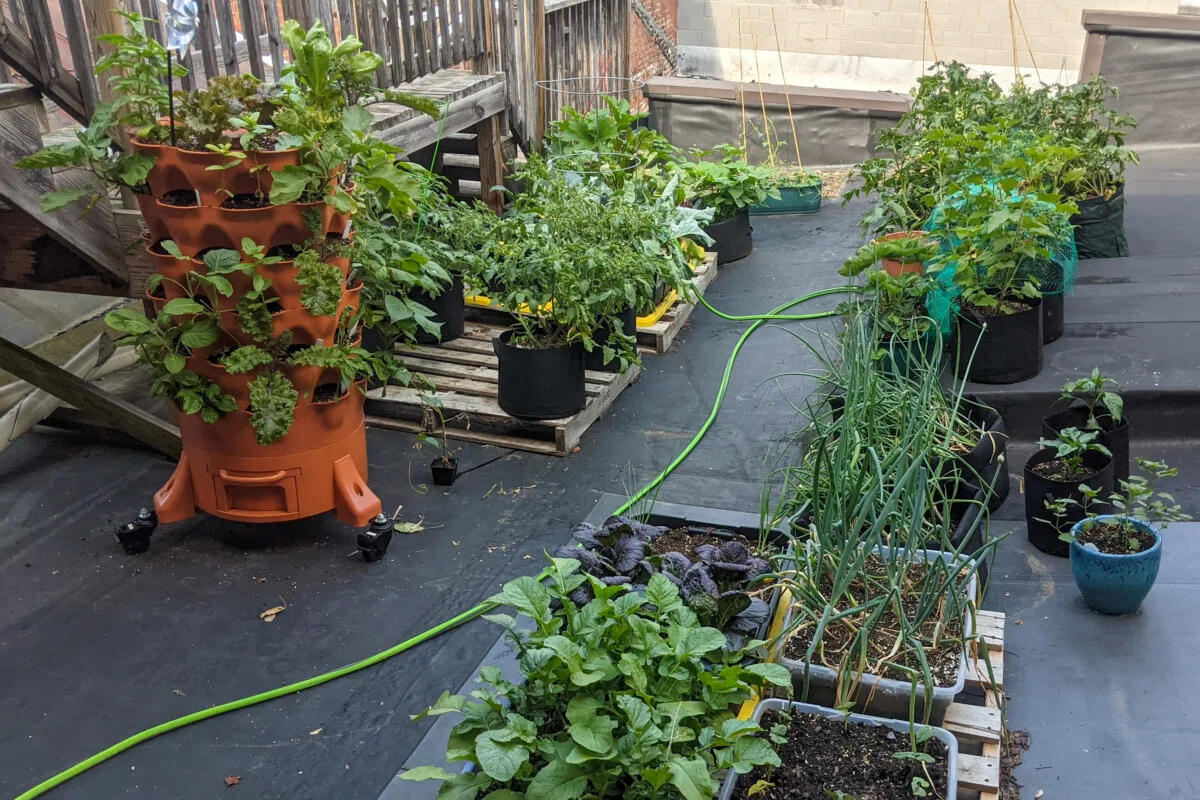
- Are you expecting to deal with fewer weeds? I hate to disappoint you, but if there’s soil or even the tiniest bit of organic matter, weeds will find you. I had a rooftop container garden for two summers, two stories off the ground. Trust me, I still had plenty of weeds, thanks to birds and wind.
- Fewer pests and disease? Nope, raised beds are by no means impervious to pests and disease and are just as susceptible as any other form of gardening.
- Are you expecting a bigger yield with your raised bed? There are so many factors that go into the size of your harvest that whether or not you grow your veggies in a raised bed or in the ground plays a minor role. If anything, the odds are more in favor of growing in the ground as plants can develop much larger root systems and access water deep within the ground.
- Do you travel a lot during the growing season? Your raised bed will likely need to be watered more often than a traditional garden.
- Are you limited on space? There are better ways to grow vegetables in a small space than with a raised bed.
- Are you looking for a less labor-intensive way to garden, or do you have mobility issues? Again, there might be better options.
We’ll check out alternatives to raised beds later on.
Raised Beds Can Be Costly to Set Up
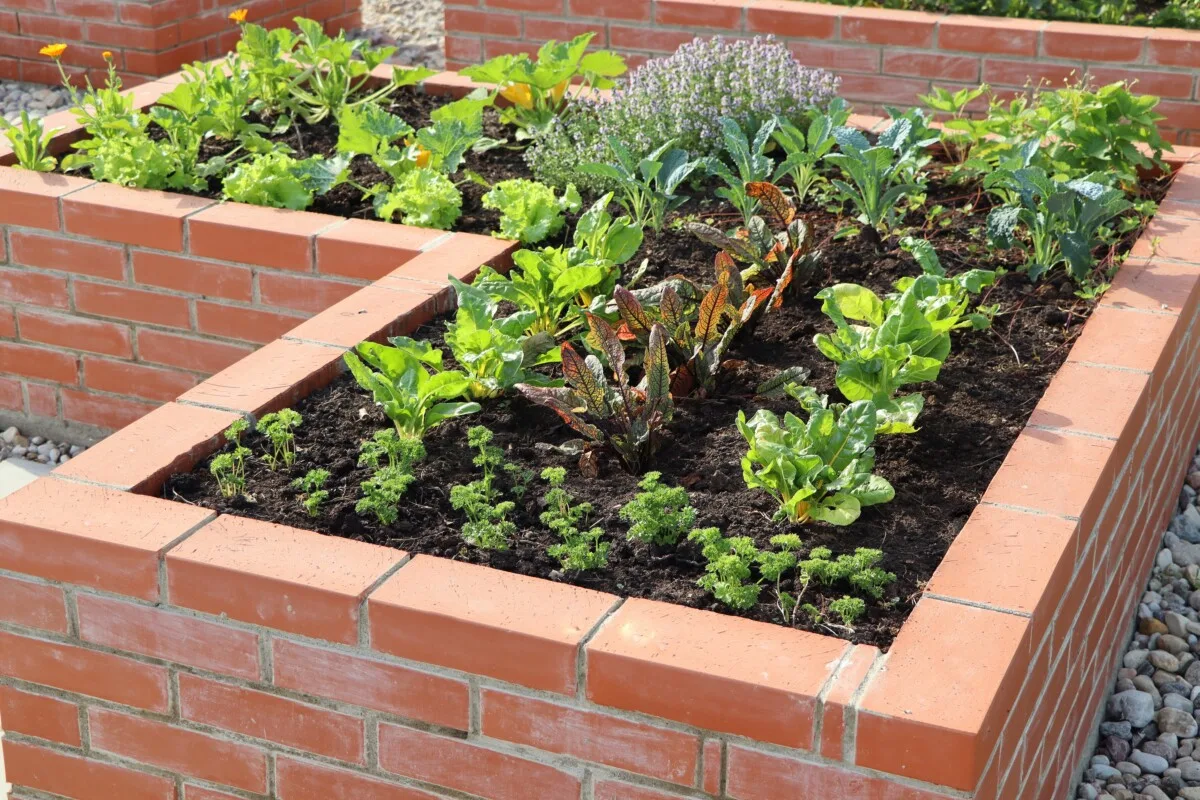
When planning a raised bed garden, most folks only look at the cost of the kit or the materials to build it. Those alone can be significant. Lumber and materials for the cheapest, simplest and shallowest 8” high, 4’x4’ square raised bed will run you around $40-$50. Are you building something larger, sturdier, more visually appealing? The math is simple, and it adds up quickly.
Metal raised beds are much sturdier and will last longer than plastic or wooden raised beds, but that long life comes with a price tag, especially if you’re planning a large garden.
Once you’ve paid for the cost of the actual raised bed, you need to fill your beds with soil or growing media.
That’s where things start getting really expensive, especially if you don’t have the means to go pick up several cubic yards of soil from a landscaping center. If you’re having soil delivered or plan on buying bags of soil, compost, etc., to fill your raised beds, it’s not such a bargain.
Let’s say you’re keeping things simple and small.
You want one raised bed deep enough to grow all your favorite vegetables. So you’re building a 16” deep, 4’x8’ raised bed. You’ll need a little over one and a half cubic yards of soil (43 cubic feet) to fill it. A 2 cubic foot bag of garden soil runs about $9 each. That’s a little over $200 for the necessary 22 bags of garden soil. And that’s if you’re only adding soil, not compost or other amendments.
There are some ways to help defray the cost by adding organic materials to a raised bed. But that means you need to have access to several wheelbarrow loads of things like pine cones, wool (really?), sticks, logs or other organic yard debris that will fill space and break down.
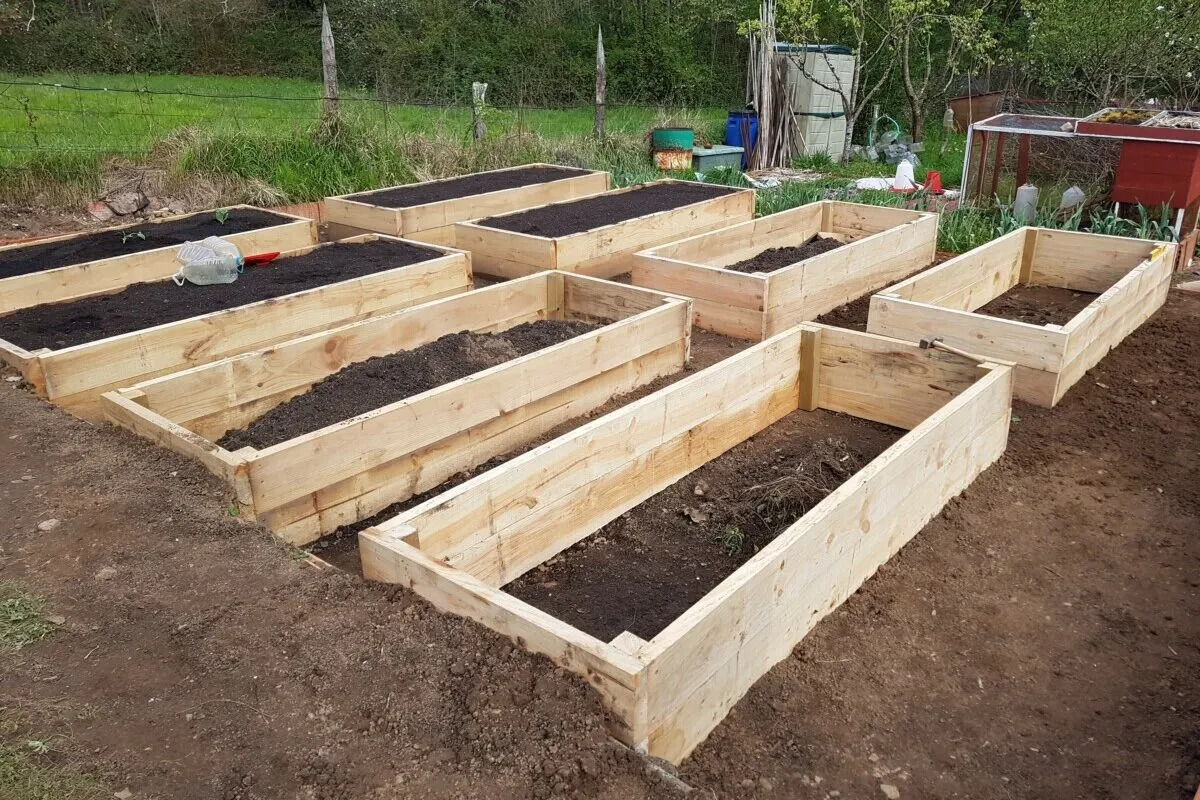
No Pickup Truck or Trailer?
I’m sure I’m not the only one who read that bit about 22 bags of garden soil and thought, “How on earth am I going to fit 22 bags of garden soil in the back of my little Subaru Crosstrek?”
If you’ve got your heart set on raised beds, but don’t have access to a pickup truck or trailer, you’re looking at the added expense of renting one.
Are you looking to grow vegetables to save money, or are you starting out on a shoestring budget? Maybe a raised bed garden isn’t the best option.
You Might Get Better Results the Old Fashioned Way
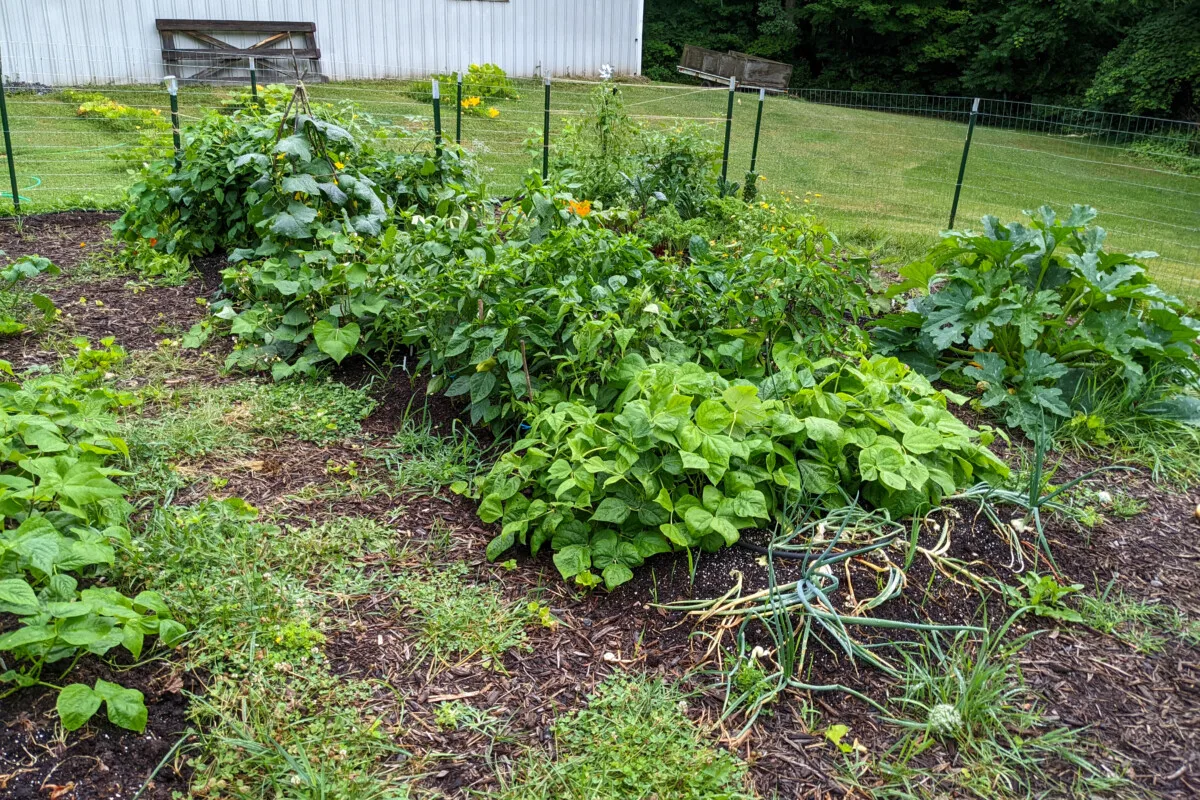
Again, so many gardeners go for raised beds without considering the ground beneath their feet. Who knows? You might be standing on some great soil, ready to produce bucketloads of tomatoes, bushels of sweet corn and more bowls of salad greens than you can shake a bottle of salad dressing at.
Even if your soil isn’t perfect, it’s amazing what a bit of compost will do.
Before you jump down the raised bed rabbit hole, it’s a smart move to get your soil tested. Those living in the US can use your Cooperative Extension. You can find yours from this list and then look for your county offices.
It’s inexpensive (usually between $10-$20), and most will interpret the results and tell you how and when to amend your soil if it needs it.
You may be surprised to find you’ve already got soil that’s perfectly fine. And if it does need to be amended by adding sand or compost or nutrients, you’ll have a much better idea of the work and cost involved compared to starting a raised bed garden.
Raised Beds Require Maintenance or Replacement in the Long Run
No matter what type of raised bed you choose, whether it’s something you make with lumber, a metal open-bottomed structure, or a kit you build, it’s going to be exposed to the elements.
Over time, even the sturdiest raised beds will break down and need to be repaired or replaced.
Plastic will warp and become brittle in the sun. Over time, it can crack and fall apart. Metal will eventually corrode, warp and possibly rust. If it isn’t one solid piece, you’ll need to replace or tighten screws and other fasteners each year.
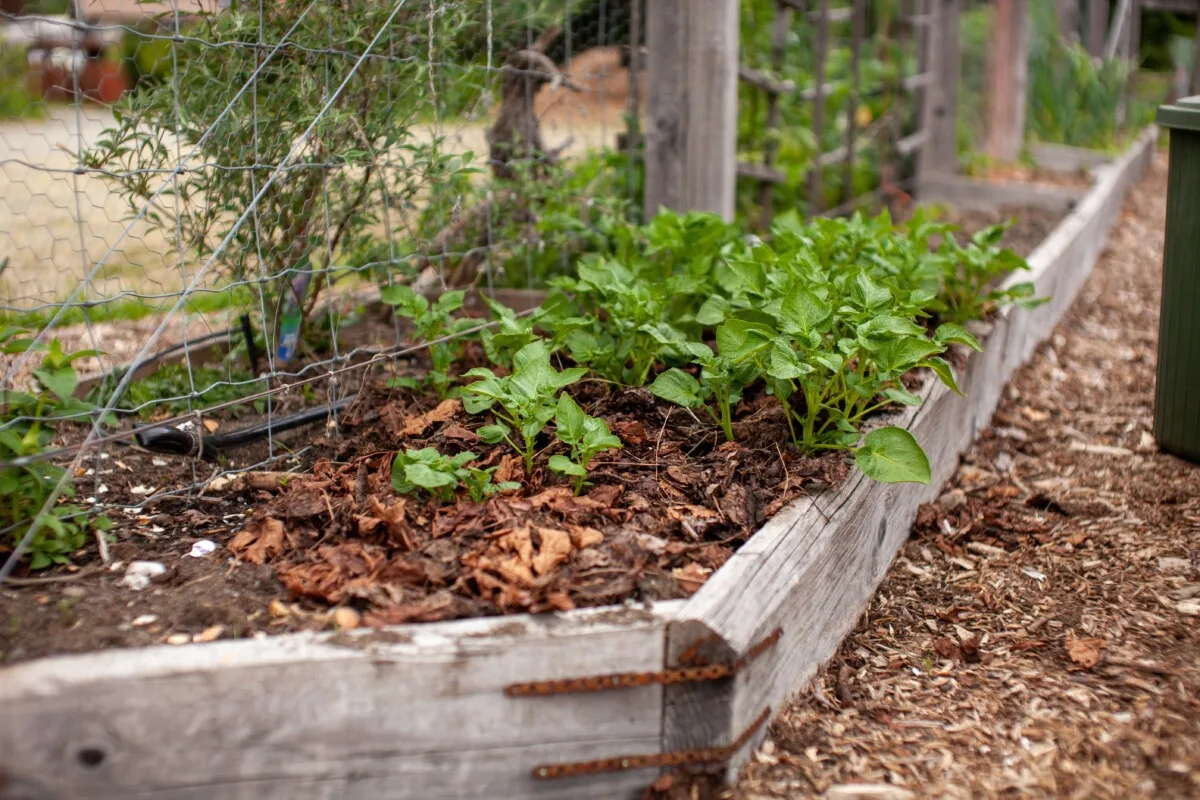
Lumber, which is the most common choice when building raised beds, will slowly break down over the years. Yes, even pressure-treated lumber. Keep in mind that when gardening with raised beds, you need to consider annual maintenance as well as the usual soil improvement and upkeep each season.
Raised Beds Have a Much Higher Carbon Impact
These days, many people are taking a good, hard look at their lifestyle with the sole purpose of reducing their impact on the environment. Naturally, growing your own food can be a big part of that. When it comes to environmental impact, raised beds have a dirty little secret: they have a substantially higher carbon footprint than nearly all other gardening methods.
Rather than using what’s already there, you’re growing in something you have to make.
Are you building your raised bed? That means using lumber and materials that need to be shipped to the store you’re purchasing them from or to your door. Are you buying a metal raised bed or prefab kit? Where is it made? How far did it have to travel to reach you?
What about the materials themselves?
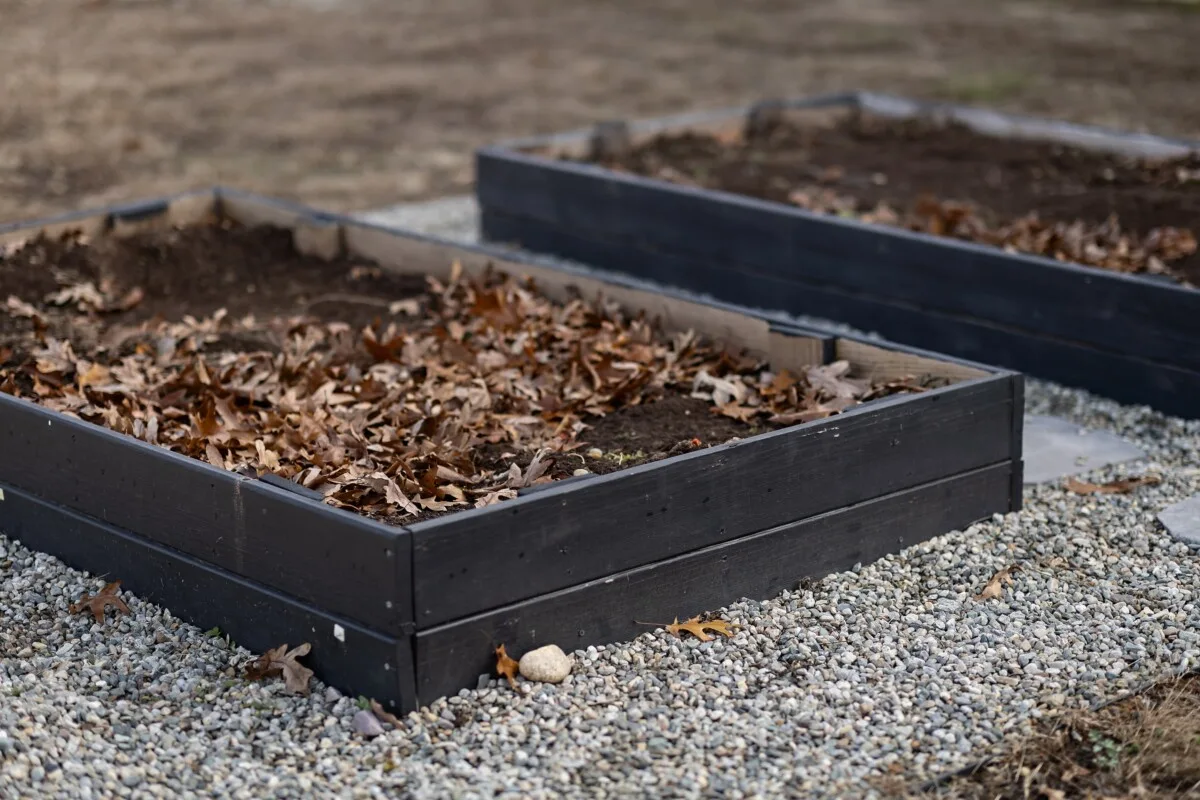
Does the lumber come from a company that uses sustainable forestry practices? How far did it travel to reach you? Can you purchase locally logged lumber? Will you be using a kit that contains plastic or other materials that are hard to recycle at the end of their life?
Have you considered the soil? Where does it come from? Does it contain peat moss? Peat is an incredible natural carbon sink, but harvesting it for use in commercial growing mixes leads to the release of tons of carbon dioxide annually. Peatlands store more carbon than trees. Not to mention, they are a quickly disappearing habit to many species that only live in peatlands. You can read more about the issue here.
I mention these things merely to make them known, not to make anyone feel guilty.
For some, these are important considerations when making decisions.
Raised Beds Can Be Tricky When it Comes to Water & Fertilizer
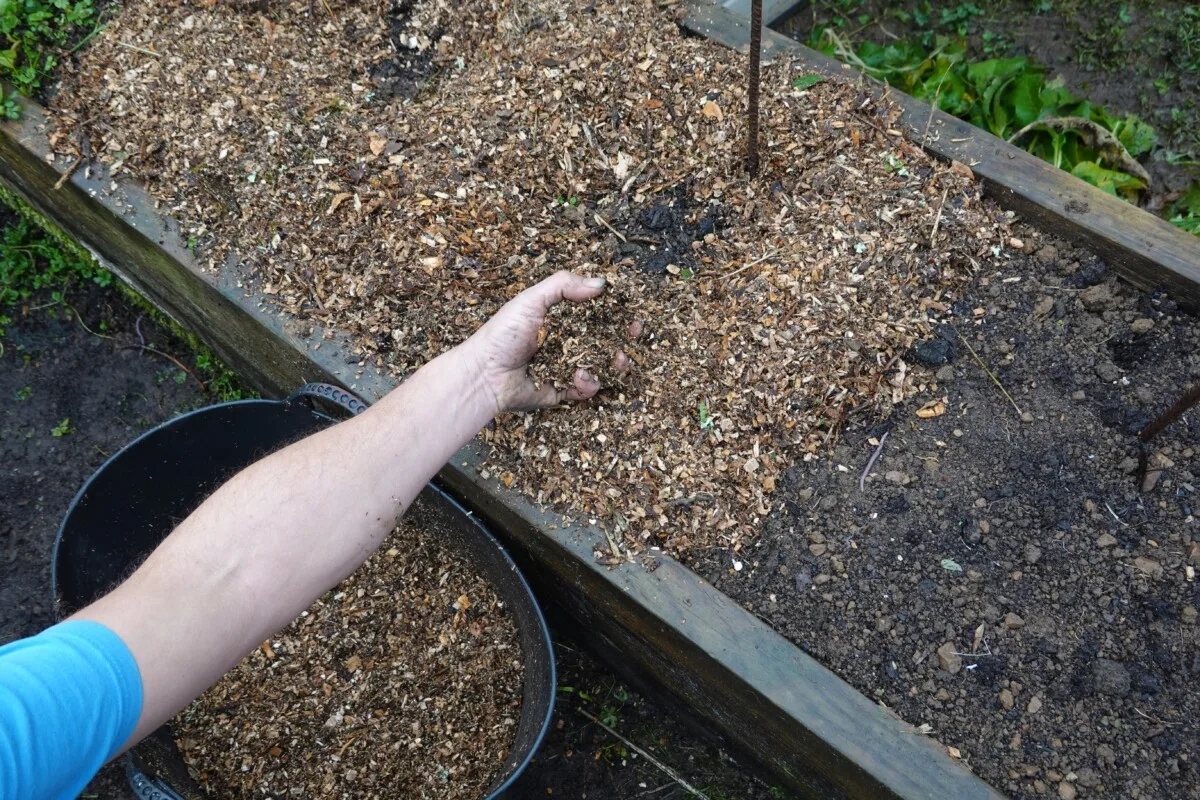
Raised beds can be a great alternative if you have soil with drainage issues. Poor-draining soil can be a nightmare to garden in. You end up fighting with root rot and other fungal and bacterial issues that thrive in damp earth. Even if you don’t end up with disease, many plants will not thrive in that kind of soil.
But some raised bed setups can lead to the opposite problem.
A raised bed will dry out faster than a traditional garden. How quickly will depend on the size and construction. Your plants will be more succeptible to drought conditions.
When you grow plants directly in the soil, they have access to moisture deep in the ground.
As long as you aren’t watering the plants too often, they will naturally send roots deep into the soil to reach subsurface water. In the end, you get plants that are better able to withstand periods with no rain because of their larger, deeper root systems.
If you have poor-draining soil underneath open-bottomed raised beds, you can also get fertilizer runoff.
Rather than soaking into the soil beneath it, fertilizers will run off whenever it rains. You’ll want to mix in plenty of organic matter like compost or leaf mold when setting up raised beds and stick to organic fertilizers. Test the soil regularly to avoid over-fertilizing.
If you have a closed-bottom bed, the smaller it is, the quicker water will evaporate from the soil. With an open-bottomed bed, this may or may not be an issue, depending on what it’s sitting on. A raised bed with a bottom (usually a smaller kit), not only will you need to water more frequently, but you may need to fertilize more often. Crowded plants with shallow root systems, will have to compete for water and nutrients in a small space.
Mulching is essential with a raised bed.
A good 4” layer of mulch is necessary to help retain moisture. I would also encourage you to use mycorrhizae in your beds as the fungi will help develop root systems with a much greater surface area and help with the uptake of water and nutrients. (This is the brand I use.)
In the end, you may end up using more water (not to mention time) to maintain a raised bed.
5 Great Alternatives to Raised Bed Gardening
1. A Traditional Vegetable Garden
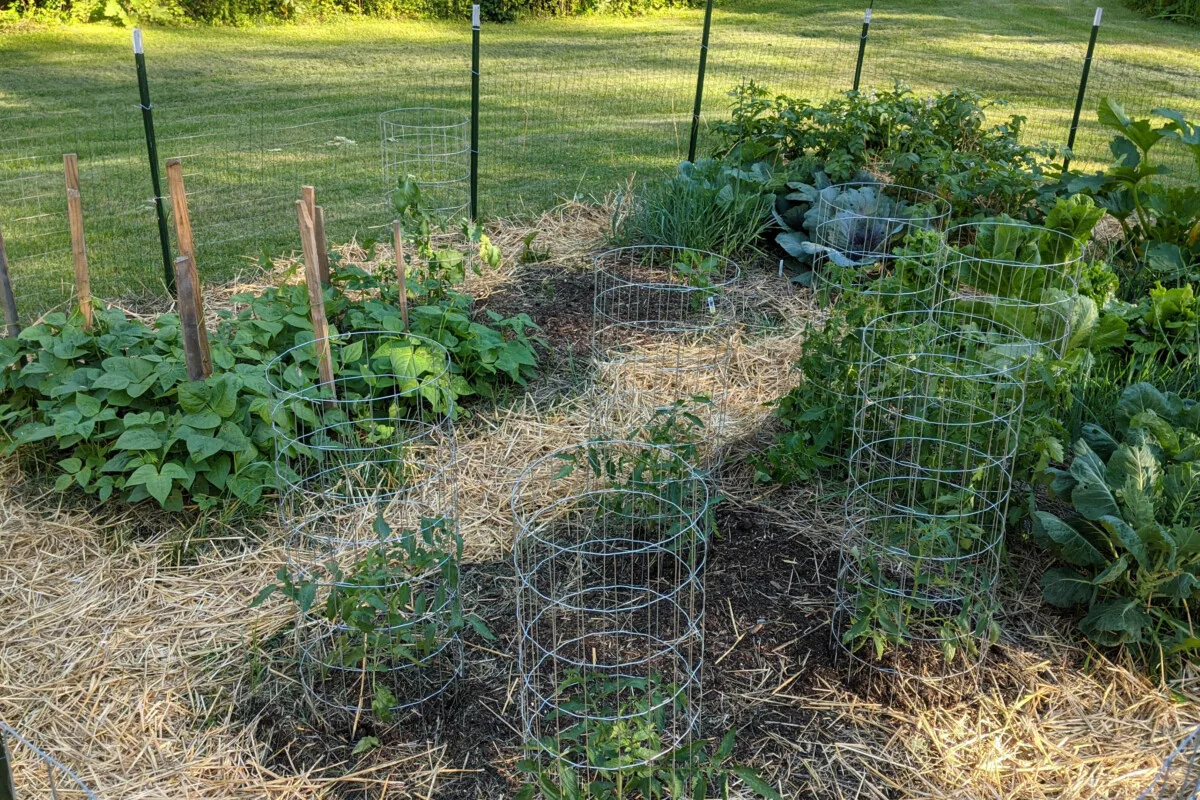
Okay, I know this one is quite revolutionary, but you can still grow things directly in the ground. I’m sure the Raised Bed Garden Police are probably already outside my door, but it’s true. Far too often, people automatically opt for raised beds when setting up a new gardening space. They don’t even consider that the soil beneath their feet might be just fine to grow veggies in.
Before you even look at raised bed options, it’s a good idea to have your soil tested, as I mentioned earlier.
If you don’t want to deal with the hassle of tilling a new garden or buying expensive equipment, you don’t have to. You can rent a rototiller at your local hardware store or equipment rental place. You can ask a friend or neighbor with a tiller to do it for you, or you can hire someone with a rototiller.
My dad was a music teacher, and he spent his summers tilling gardens and mowing lawns for extra money. I remember many a Saturday morning sitting in Dad’s pickup truck reading a good book while he dug a new garden for someone.
2. Go No-dig
If your soil isn’t great and it’s going to take a lot to bring it up to snuff, consider starting a no-dig garden right on top of your existing soil. No-dig gardening is also a great option for anyone who doesn’t want to have to hire someone or rent equipment to cultivate their existing soil.
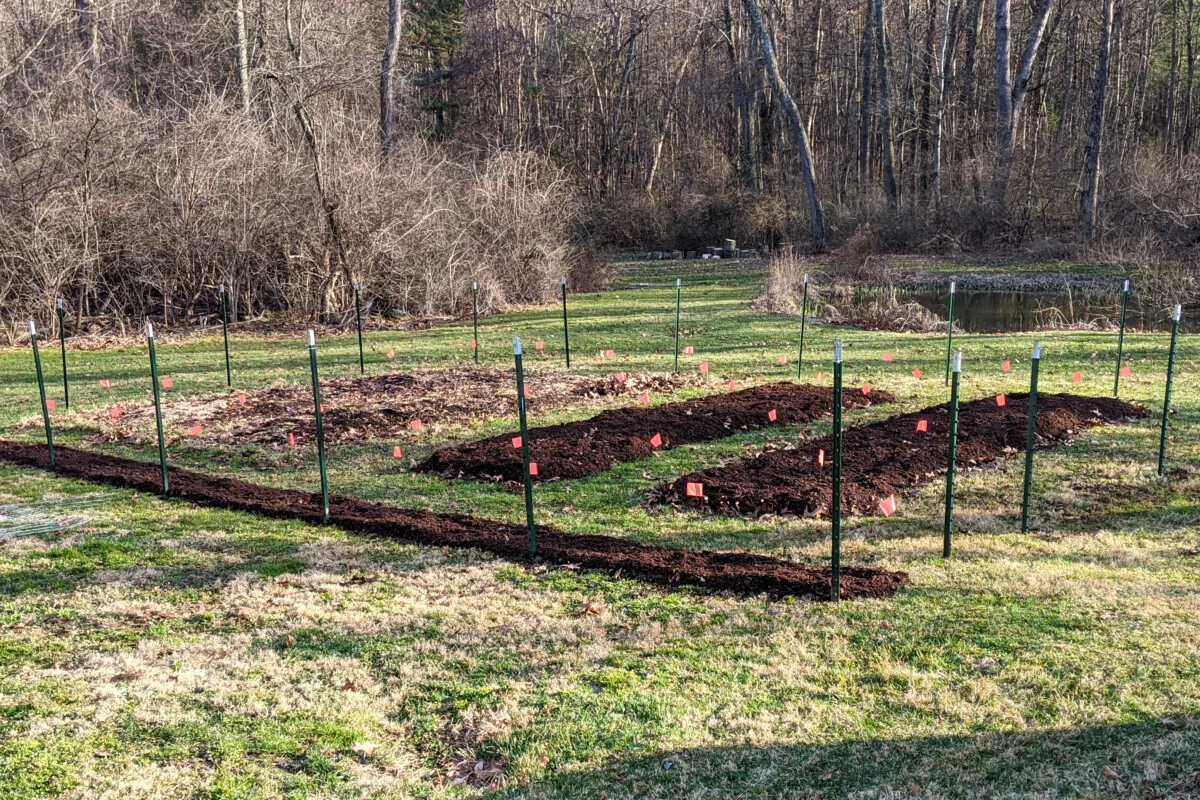
When we decided to follow Cheryl’s wisdom and set up a no-dig garden at my sweety’s house, we put compost and other organic matter on top of the grass in the spring. Each year, we add a new layer of straw or leaves in the fall. Over the course of a few years, the soil beneath has greatly improved.
Cheryl is our resident No-Dig Gardening Guru, and she’s got some great advice for anyone making the switch.
12 Common Mistakes That No-Dig Gardeners Make
20 Vegetables We Grow In Our No Dig Garden
3. Save Space and Grow More With Containers
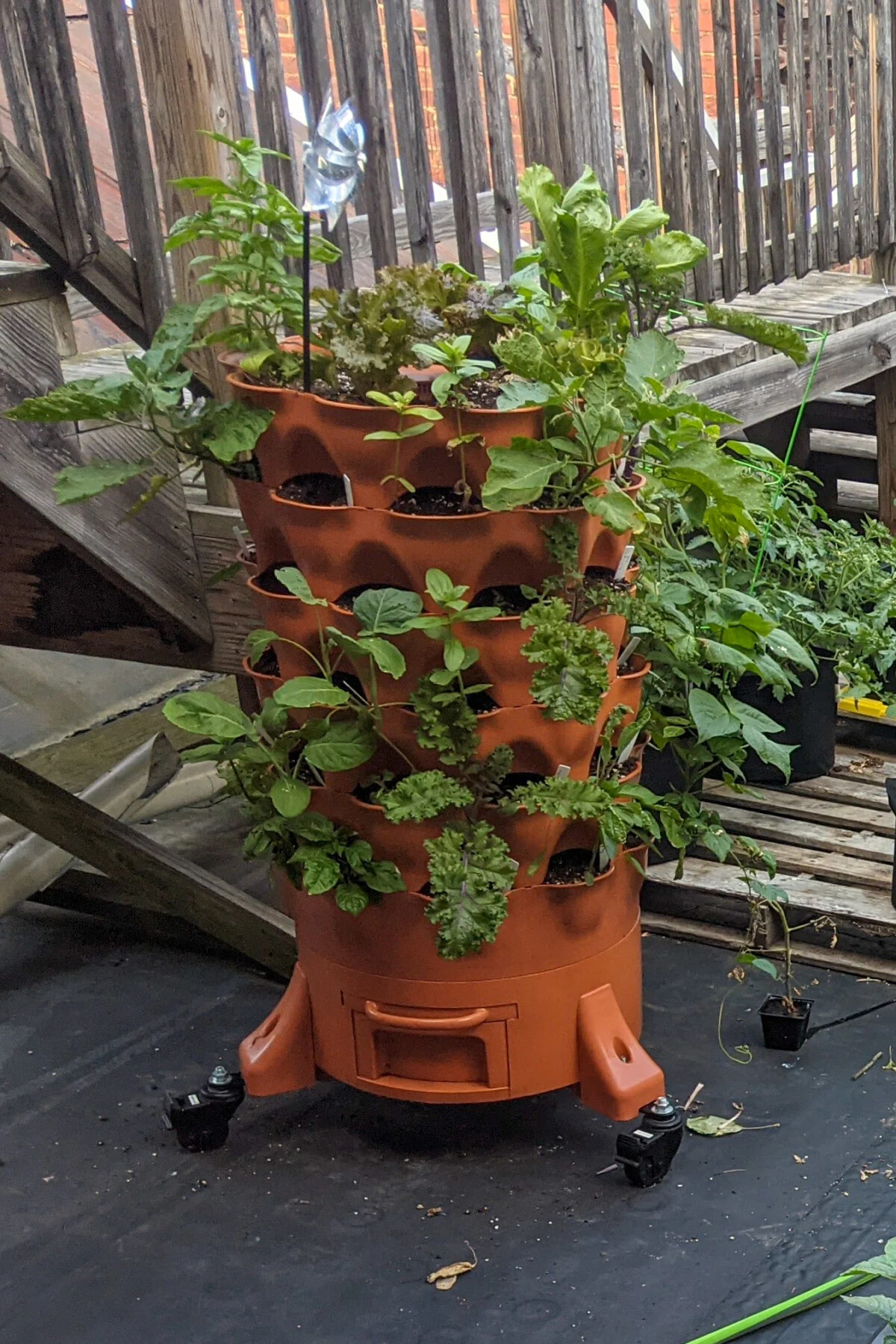
- Consider growing vegetables in individual containers. When growing in containers, you aren’t committed to one spot in your yard. You can grow tomatoes and potatoes in 5-gallon buckets, and you can grow all kinds of vegetables in grow bags.
- When space is an issue, go vertical with a Garden Tower or an upcycled shipping palette garden. Both are excellent options for anyone with mobility issues. They’re easy to reach and don’t require you to bend over or kneel on the ground.
- You can even grow veggies and fruit in hanging baskets.
Two More Options for Gardening in Your Backyard
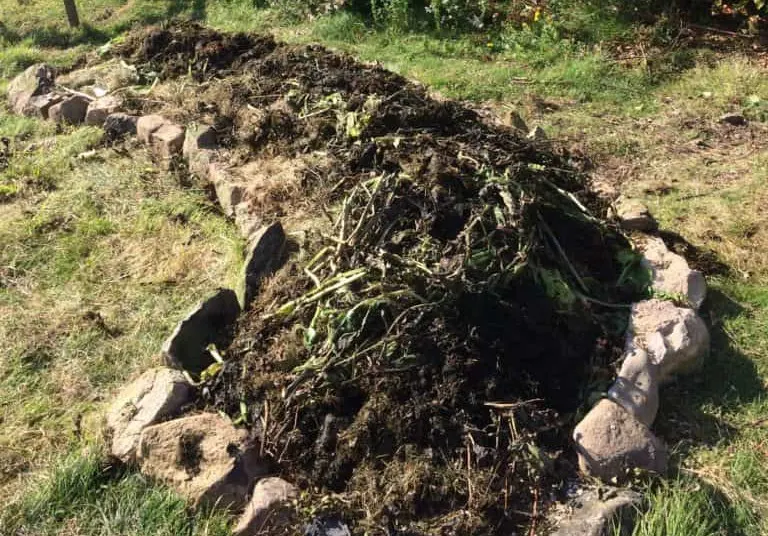
- Pick up a few bales of straw and start a straw bale garden.
- Are you planning on clearing some trees this year? Start a hügelkultur bed, a distant German relative to the raised beds we’re familiar with.
In the end, this article isn’t meant to condemn raised beds. I quite like them, myself. They appeal to my need for everything to be neat and organized. I merely want to point out the downsides to gardening with them and remind everyone they’re not the only way to garden.
To prove I’m a good sport, you might want to read Lindsay’s article next with all the great reasons you should start a raised bed garden.
Take a second look beyond the hype and see if they’re the best gardening option for you and your needs.

Get the famous Rural Sprout newsletter delivered to your inbox.
Including Sunday musings from our editor, Tracey, as well as “What’s Up Wednesday” our roundup of what’s in season and new article updates and alerts.

